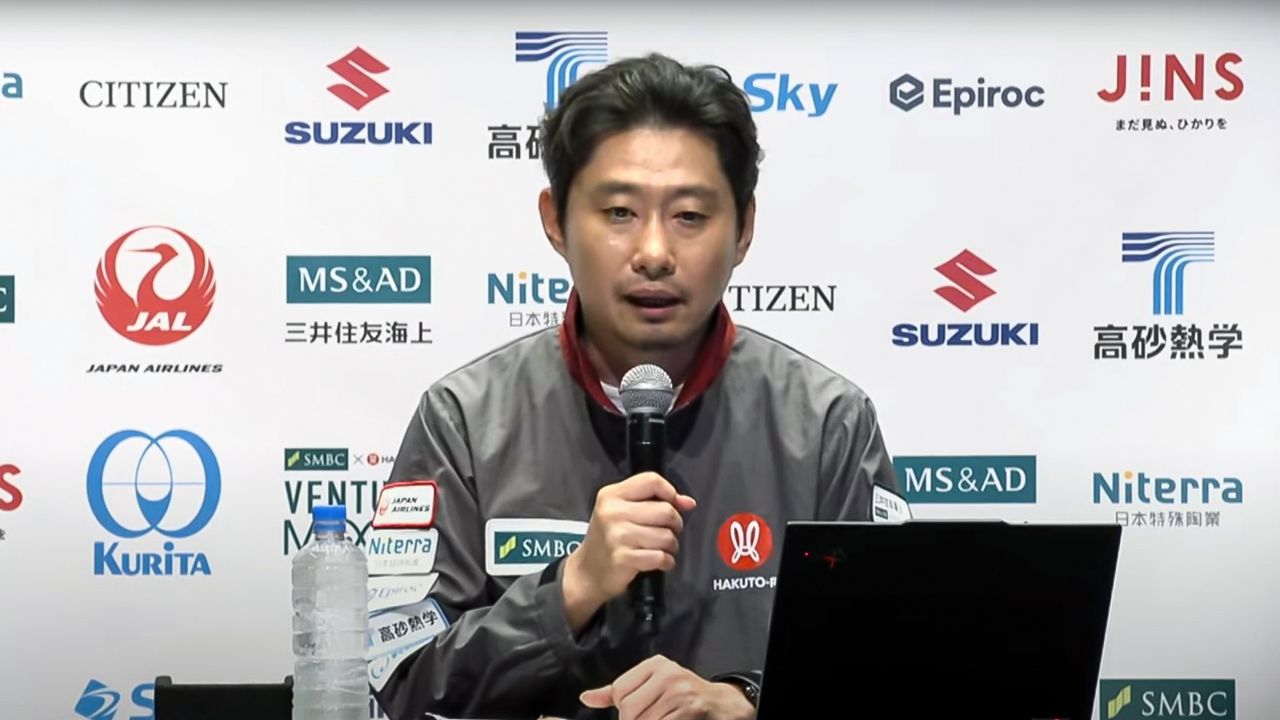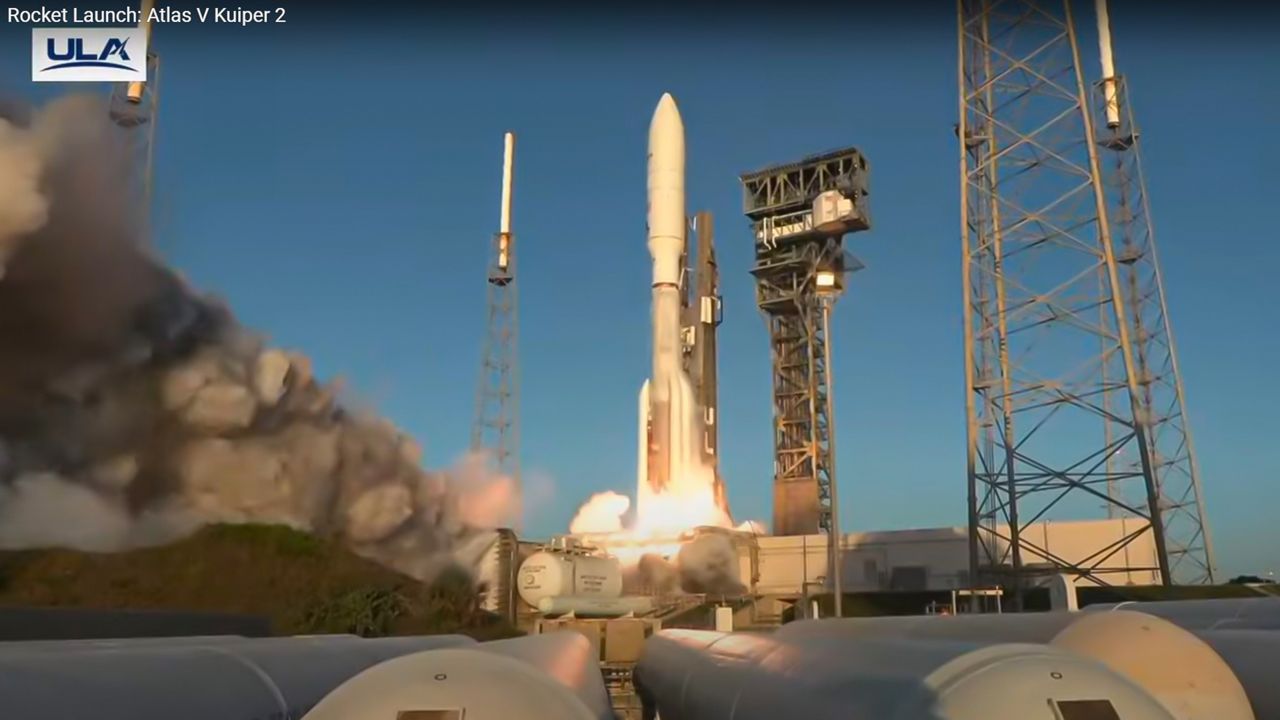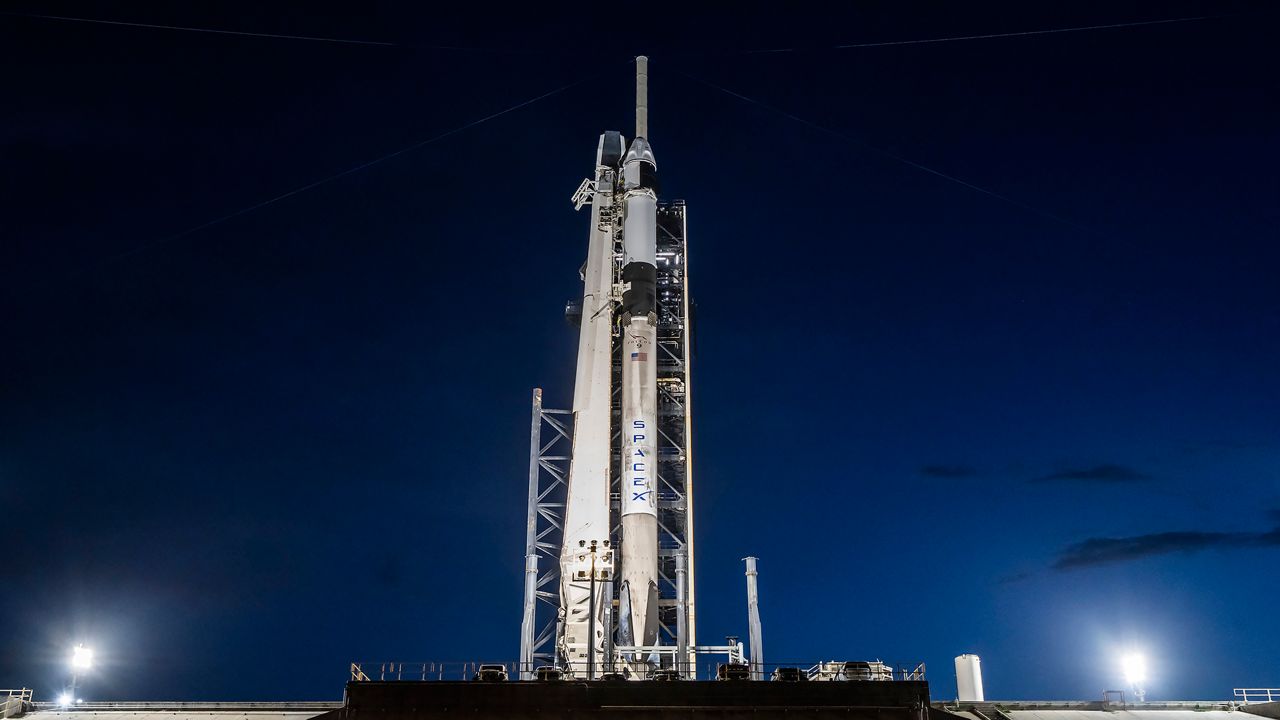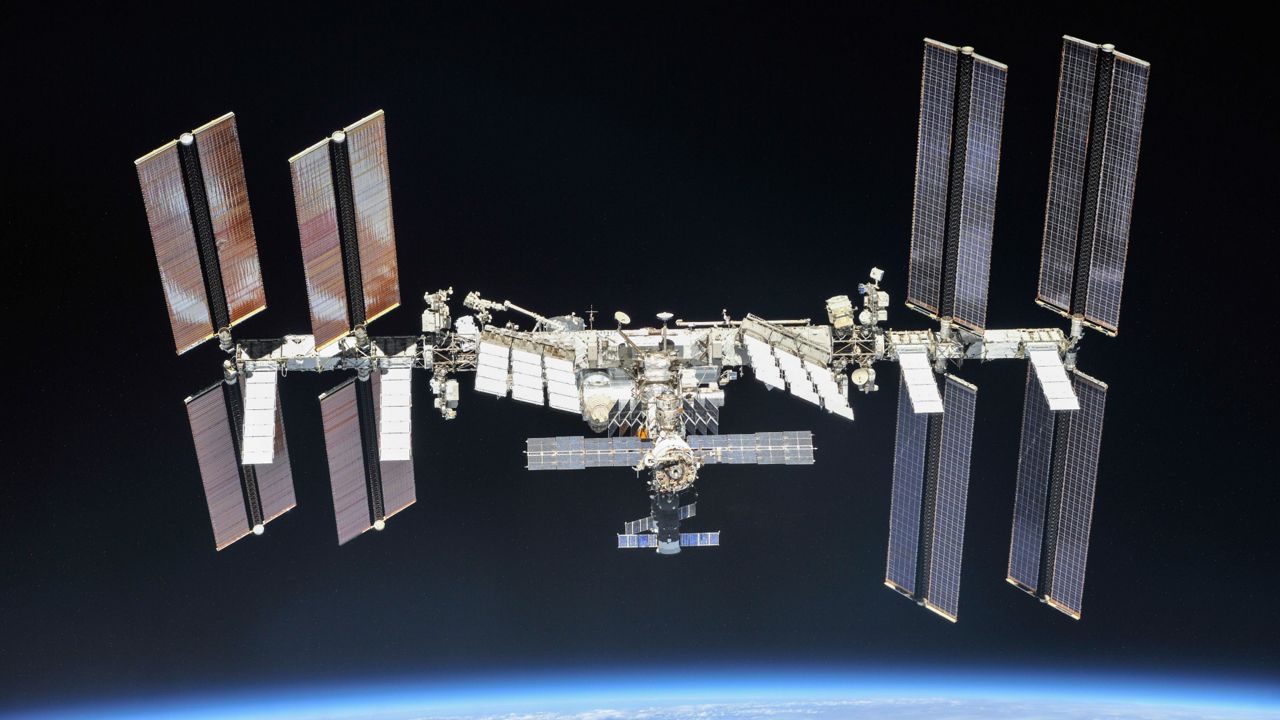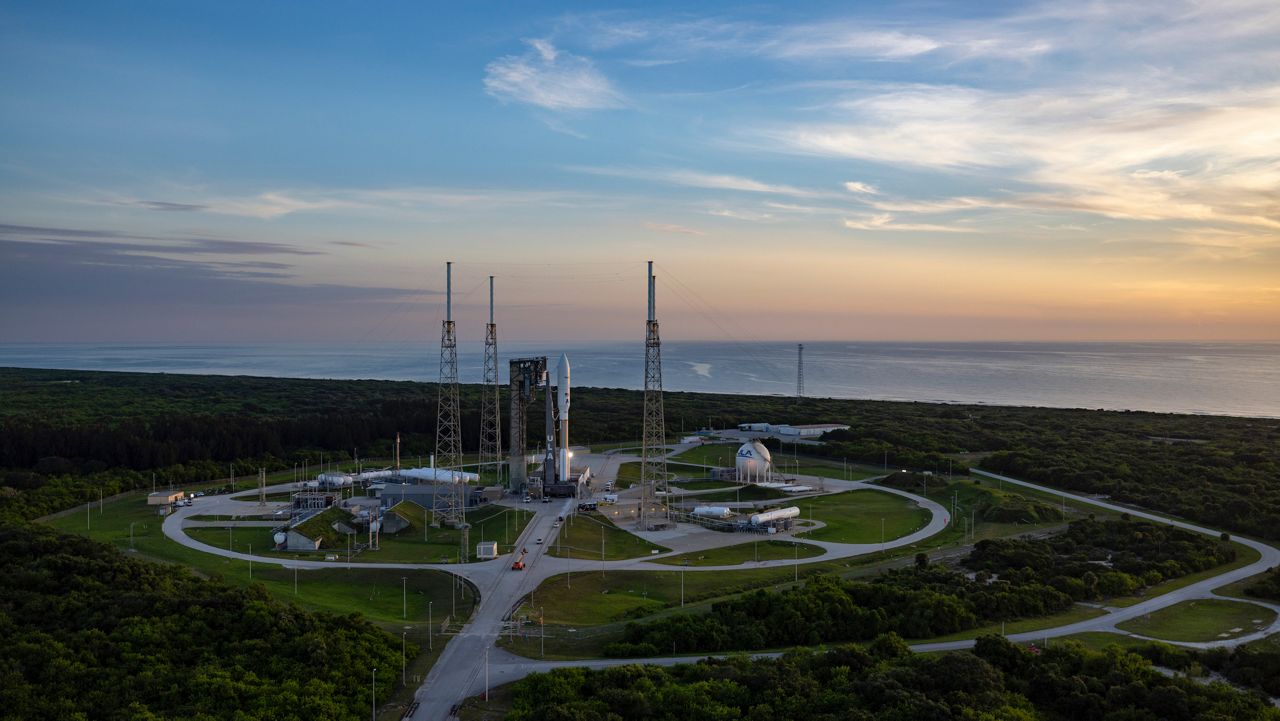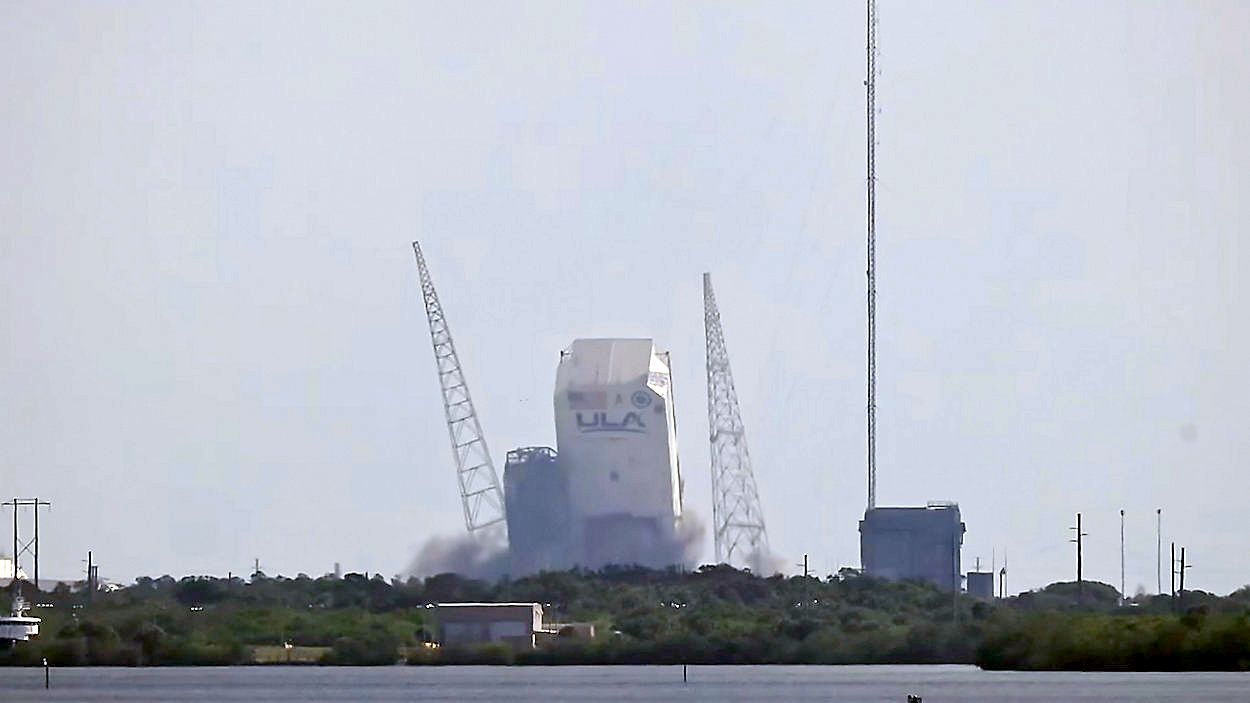KENNEDY SPACE CENTER — The Japanese company ispace announced that it believes its HAKUTO-R Mission 2 lunar lander has been lost while attempting to land on the moon on Thursday afternoon.
This is the second time the Tokyo-based company has attempted to land a spacecraft on the moon’s surface.
What You Need To Know
- The touchdown time was expected to be 3:17 p.m. ET, Thursday, June 5
- The lunar lander is believed to have crashed into the moon
- RELATED coverage
- 🔻Scroll down to watch the moon-landing attempt🔻
During a press conference on Thursday night (Friday morning in Japan where it was held), ispace officials revealed that the HAKUTO-R lunar lander named RESILIENCE crashed onto the moon’s surface at around 3:17 p.m. ET.
Takeshi Hakamada, ispace’s president and founder, explained that the RESILIENCE was descending from an altitude of about 62 miles (100 kilometers) to 12 feet (kilometers) and it was able to successfully fire its main engine to slow the craft down.
The lander was nearly vertical, but telemetry data was lost and there was no evidence that it landed, he said.
In a press release, ispace stated that based on available information, a laser rangefinder used to measure the distance of the moon’s surface had delays in collecting measurements.
“As a result, the lander was unable to decelerate sufficiently to reach the required speed for the planned lunar landing. Based on these circumstances, it is currently assumed that the lander likely performed a hard landing on the lunar surface,” stated ispace.
The Tokyo-based company had 10 “Success” objectives for the lander and but it could not attain Success 9, “Completion of Lunar Landing Sequence”.
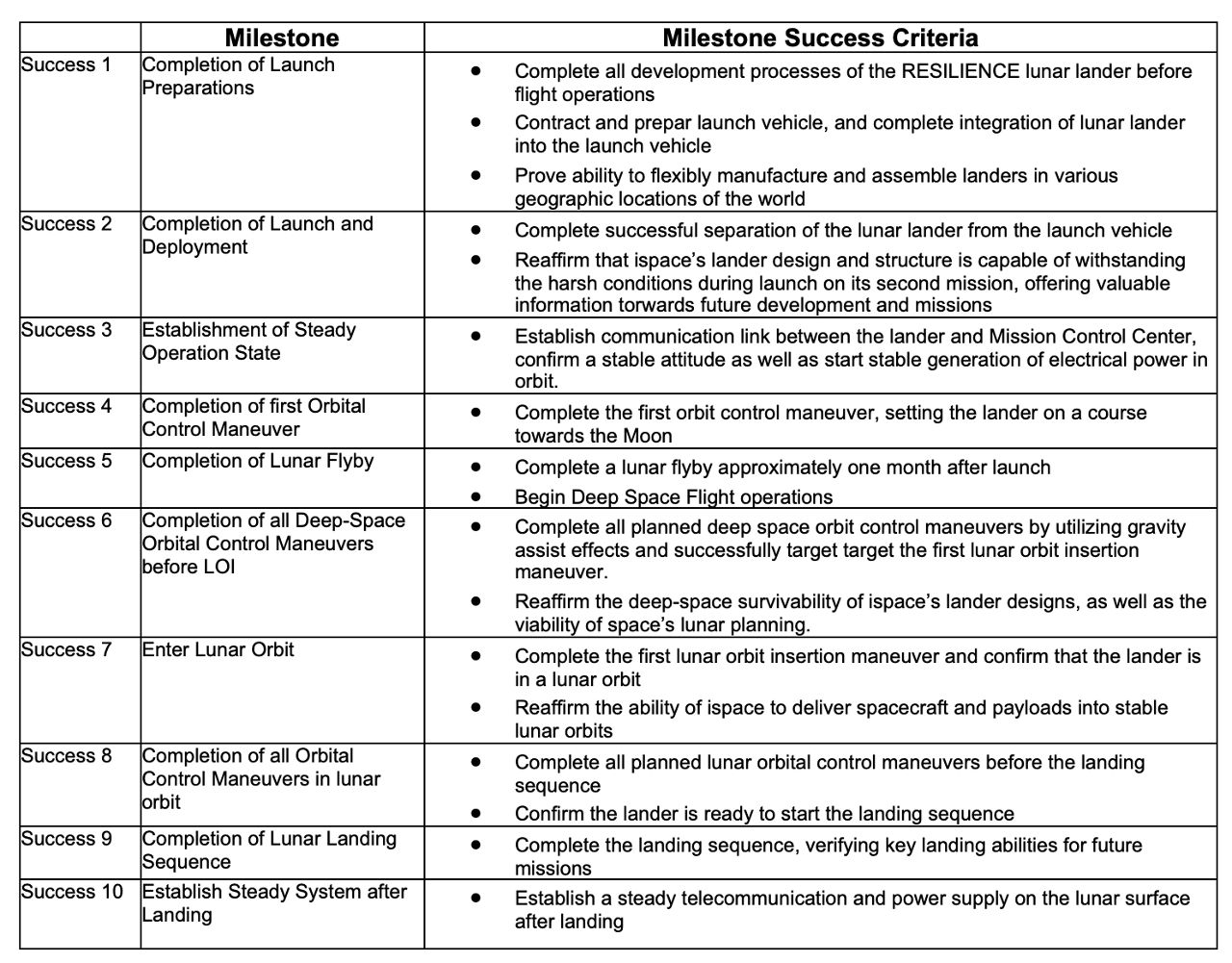
Communications could not be re-established with RESILIENCE, ispace stated.
Ryo Ujiie, ispace CTO, said in the press conference that they did not want to speculate what went wrong with the lander until they have reviewed the data.
Hakamada said he will not give up on landing on the moon and reminded people that SpaceX had a number of failures until the Falcon 9 rocket was able to achieve success.
The landing attempt
As the 3:17 p.m. ET deadline to land on the moon came and went, mission control center (MCC) members tried to establish communications with the HAKUTO-R lunar lander named RESILIENCE.
Eventually, ispace changed its live feed from a stage with announcers to previous recordings of the creation of the 7.5-foot (2.3-meter) tall lander until one of the presenters broke the silence.
“We haven’t been able to confirm but MCC members will continuously communicate with the lander,” she said, adding that ispace will hold a press conference in a few hours to give an update.
Try, try again
This is not the first time ispace attempted to land on the moon.
In 2023, HAKUTO-R Mission 1’s lander failed to land when a sensor miscalculated its height from the lunar surface and it ran out of fuel.
Before HAKUTO-R Mission 2’s landing attempt, Hakamada told Spectrum News last week that his company learned lessons from the last mission.
“We learned a significant amount of extremely valuable know-how and data from Mission 1. We have already incorporated that into the full life cycle of Mission 2. For instance, the time it took to assemble the lander, test it and prepare it for launch was reduced significantly. The cost from the period was reduced and then the time it took for RESILIENCE to become operational following deployment was also reduced,” he said.
He told Spectrum News that ispace is planning its future missions to the moon, adding that its U.S. branch in Denver is already working on the next model of the lunar lander.
Understanding the HAKUTO-R Mission 2
The company’s HAKUTO-R lunar lander named RESILIENCE and lunar rover TENACIOUS where expected to land near the moon’s Mare Frigoris (Sea of Cold) region, which is in the moon’s northern hemisphere.
| Mission Specs: |
|---|
| RESILIENCE lunar lander: 8.2 feet (2.5 meters) wide and 7.5 feet (2.3 meters) in height and weighs in at about 750 pounds (340 kilograms) 322 feet tall TENACIOUS micro rover: 8.2 feet (2.5 meters) wide and 7.5 feet (2.3 meters) in height and weighs in at about 750 pounds (340 kilograms) Expected mission time on the moon: A lunar day/about two Earth weeks |
The touchdown time was expected to be 3:17 p.m. ET and once on the surface, the pair had a checklist of things to do.
The RESILIENCE needed to land on the moon and continue communications while its payloads have their own tasks to perform.
These payloads included:
- Water electrolyzer equipment from Takasago Thermal Engineering Company, a HAKUTO-R corporate partner
- A self-contained module for food production experiments from Euglena Company
- A deep space radiation probe developed by the Department of Space Science and Engineering, National Central University, Taiwan
- A commemorative alloy plate modeled after “Charter of the Universal Century” and developed by Bandai Namco Research Institute, Inc.
HAKUTO-R Mission 2’s TENACIOUS micro rover’s own objectives were to be operational and to collect lunar soil for NASA.
In that same interview, Hakamada explained to Spectrum News the importance between his company and NASA’s agreement in collecting the soil.
“We expect TENACIOUS to deploy, move away from RESILIENCE, deploy the Moonhouse and in an exciting act, collect lunar regolith to complete a transaction with NASA. If we can complete it, this would be the first transaction of resources on the lunar surface and a significant step towards developing the cislunar economy, between the Earth and Moon,” Hakamada said.
Artist Mikael Genberg’s Moonhouse is a piece of art and another payload.
During the press conference, Ujiie apologized to the customers of the payloads who lost their equipment.
Both RESILIENCE and TENACIOUS only had two weeks to complete their mission objectives if they landed on the moon.
This two-week deadline was due to the moon going into a lunar night. A lunar night is about 14 Earth days, and a lunar day is another 14 Earth days.
An entire lunar day is about 27 Earth days, plus 7 hours.
The HAKUTO-R Mission 2 took off from Launch Center 39A at the Kennedy Space Center in January of this year, which also took Firefly Aerospace’s Blue Ghost lunar lander.
The Blue Ghost became the first commercial lander to successfully land on the moon in February.
The Japanese company still has a competitive edge since there are few companies in the world that have attempted to reach the moon, said ispace Director and CFO Jumpei Nozaki during the press conference.





